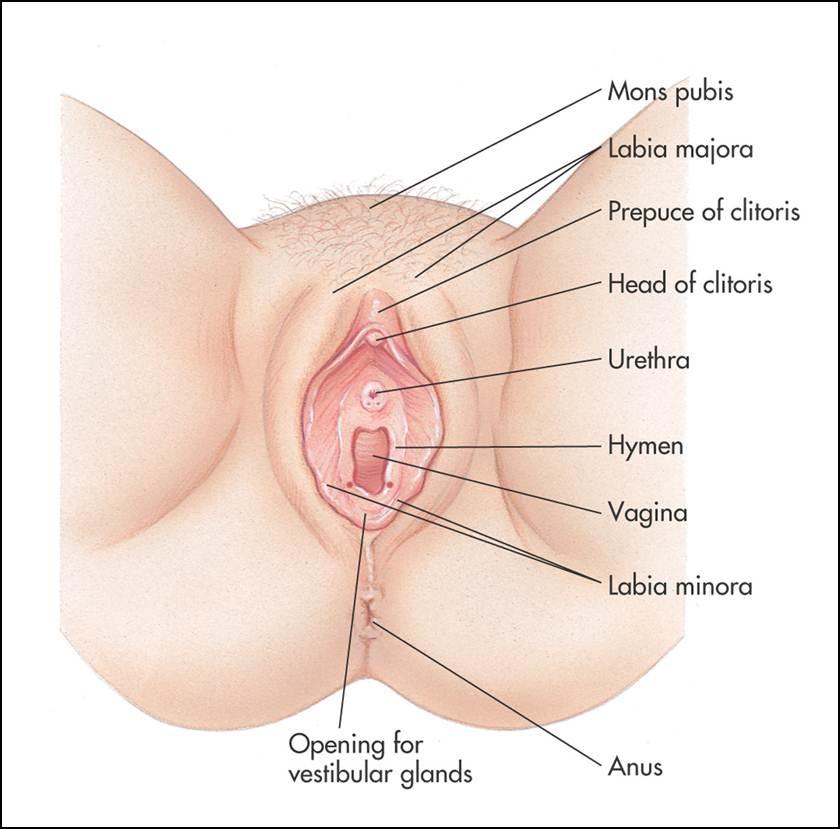Procedures used for partial or complete removal of the external female genitalia for non-medical reasons fall under the category of female genital mutilation (FGM), also known as female circumcision or female genital cutting. The procedures offer no health benefits and often lead to several complications. Traditional circumcisers perform these procedures, but more than 18% of these procedures are also performed by healthcare providers. The practice is illegal in most countries, but some communities still do it for many different reasons.
Although the practice of circumcising females is recognized internationally as a violation of rights of women, it is common in more than 27 African countries, as well as Yemen and Iraqi Kurdistan, and in Asian and the Middle East. Female circumcision before and after causes several changes in women and often create several health related issues as well. Keep reading to learn more about the issue.
What Happened in Female Circumcision?
There are different types of procedures used for female circumcision, such as clitoridectomy, excision, infibulations, and other.
- Clitoridectomy involves removing the clitoris – it could be partial or complete removal.
- Excision involves partial or complete removal of the clitoris as well as the labia minor.
- Infibulation refers to the procedures used for the narrowing of the vaginal opening – it involves creating a covering seal for this purpose.
There are several other procedures in practice as well, including piercing, pricking, scraping, incising, and cauterizing of the genital area. There will be vast difference when you look at female circumcision before and after images.
Female Circumcision Before and After
Warning: Please note that you're going to witness some graphic images ahead, though used only for educational purposes. The first picture shows anatomy of a grown female genital whilte the other pictures show the changes brought about by female circumcision.





Harms of Female Circumcision
There aren't any benefits associated with FGM; in fact, female circumcision before and after leads to several unwanted complications related to the natural bodily functions of girls and women.
Immediate Effects
The immediate effects include severe pain and bleeding. The girl could go into shock when no anesthetics are used during the procedures. Female circumcision may also lead to wound infections, including gangrene and tetanus as well as blood-borne viruses such as hepatitis B, HIV, and hepatitis C. Other immediate effects include inability to urinate, damage to nearby organs, including the bowel and the urethra, and injury to vulvar tissues. FGM can also cause death.
Long-Term Effects
Even if the girl survives the initial trauma, she has to deal with several long-term consequences of female circumcision, such as abnormal periods, chronic pelvic infections, kidney impairment, and possible kidney failure. Some other issues include damage to the reproductive system that leads to infertility, pain during sex with no pleasurable sensation, formation of cysts and scar tissue, and flashbacks during childbirth or pregnancy. In some cases, it becomes important to perform another surgery to open the lower vagina for childbirth and sexual intercourse.
Psychological Harms
Some women also face psychological issues, including depression, low libido, and anxiety. FGM is an extremely difficult experience for girls and women and they carry the trauma throughout their lives. So many young women end up working with psychological counselors and often live with feelings of betrayal by parents. Even though FGM is illegal, many people still do it. Some parents take their children abroad for FGM, which is again illegal. If caught, the offenders have to face a large fine with jail time up to 14 years.
Why Is Female Circumcision Done?
You can find several images of female circumcision before and after and understand the amount of pain women have to face during the procedures. The question is, "why do people opt for such gruesome procedures?" People in different societies have different reasons to practice FGM, but these 'excuses' fall into five main categories:
- Psychosexual Reasons: Many societies believe that FGM is a way to help women control their sexuality. Female circumcision changes how women perceive sex and intercourse. They believe that the removal of the clitoris is the only way to control a woman's sexuality. It is also considered a way to ensure that a woman will stay virgin before marriage.
- Sociological and Cultural Reasons: Many communities think that FGM is a way to make a young girl a part of a community, and they believe that this is a step a girl takes to become a woman. Some myths in the communities also promote this practice – some believe that if left uncut the clitoris will become as large as a penis is.
- Hygiene and Aesthetic Reasons: Some communities believe that the external female genitalia is dirty an ugly, so they use FGM for hygiene.
- Religious Reasons: Many people use religious doctrine to justify this practice, but in reality, neither Islam nor Christianity sanctions FGM.
- Socio-Economic Factors: In some communities, it is obligatory for girls to undergo FGM before they could get married. In societies where women are largely dependent on men, they have to follow the norms and go for the procedure in order to get married.
